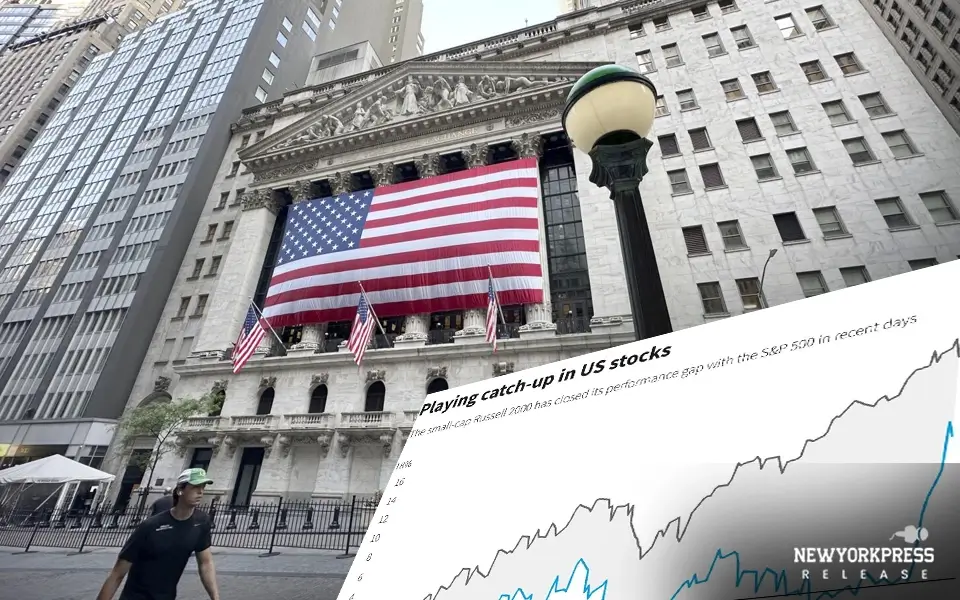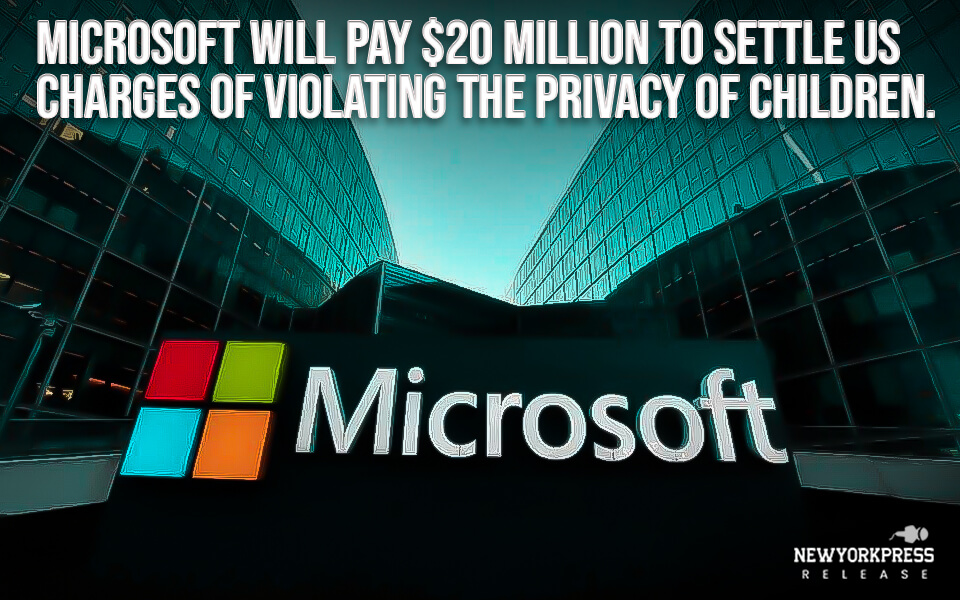Expectations of interest rate reductions and better possibilities for the victory of Republican presidential nominee Donald Trump—a supporter of policies perceived to help smaller domestic companies—have sparked a long-awaited surge in U.S. small-cap equities.
Opening a new tab, the small-company-focused Russell 2000 jumped more than 11.5% over a five-day period, marking the index’s largest rise in this time frame since April 2020.
The idea that small caps have profited from a rotation out of this year’s greatest winners into unpopular sections of the market is reinforced by the declines in tech and growth stocks at the same time. The tech-heavy Nasdaq 100, which opens in a new tab, has been down 3% since last week, with Wednesday seeing its largest one-day decline of the year. The S&P 500, which opens in a new tab and is commonly used as a large-cap U.S. stock benchmark, is up 0.2%.
“I think the narrative has changed,” said Eric Kuby, chief investment officer at North Star Investment Management Corp, which specializes in small-cap stocks. “I’m hoping… this jump over the last week is really just the beginning of what could be a very long, multi-year period of time where small caps could make up a lot of ground.”
Smaller companies’ shares have been languishing for months as investors poured money into the huge tech corporations that have dominated indices for the majority of 2024. Despite the recent spike, the Russell 2000 is only up 10.5% on the year, while the S&P 500 is up 17% and the Nasdaq 100 is up almost 18%.
Last week, a less-than-expected inflation figure raised hopes that the Federal Reserve will lower interest rates in the upcoming months, which might help smaller businesses that are struggling with high borrowing costs. As a result, the outlook changed.
Higher rates have been a “headwind to small caps,” said Jason Swiatek, head of small- and mid-cap equity at Jennison Associates. “On the flip side, as you switch to a rate-cutting cycle, that alleviates a bit of that pressure.”
After an apparent attempt on Trump’s life over the weekend, the rally gained momentum, raising hopes that his plans to cut taxes and impose tariffs on imports would help small businesses.
Small-cap stocks have skyrocketed since last week’s inflation statistics, including biotech company Caribou Biosciences (up 55% in that time), homebuilder Hovnanian Enterprises (up over 30% in that time), and insurance company Hippo Holdings (up over 29% in that time).
A prolonged rotation out of tech, whose surge has raised concerns about stretched valuations and drawn comparisons to the dotcom bubble two decades ago, could generate further strength for small-cap stocks.
According to LSEG data, the most recent valuation of the Russell 2000 indicated an overall market value of $2.7 trillion. The market capitalization of Microsoft, Apple, and Nvidia, three stocks with a market cap of over $2.9 trillion apiece, is less than that amount.
As money flows “come out of the megacap stocks and they look for a new home, it doesn’t take much to get the smaller stocks going,” according to Peter Tuz, president of Chase Investment Counsel.
Past experiences indicate that a strong upswing in tiny caps is positive for their short-term success. Only four times in the past week did the Russell 2000 gain at least 1% in five consecutive sessions, according to Bespoke Investment Group. Bespoke reports that following those prior streaks, the index saw an average gain of 5.9% over the following month.
Despite the S&P 500 reaching all-time highs this year, the Russell 2000 is still about 8% behind its peak from 2021, indicating that small caps may still have the opportunity to rise.
Also making purchases are regular investors. Analysts at Vanda Research claim that inflows into small caps caused the “short squeeze,” which happens when a rising price forces negative investors to unwind bets against a stock, pushing it even higher.
“We think there’s scope for retail to continue chasing this trade over the next 1-2 weeks,” they stated.
Strong times have disappointed small-cap investors in the past. The Russell 2000 increased by more than 20% between late October and late December of 2023 due to excitement over the possibility of rate reduction, but the index fell earlier this year when rate cuts were not realized.
Small caps may seek further support during the upcoming earnings season, as LSEG projects that Russell 2000 businesses will report second-quarter earnings up 18%. Next week will see the introduction of new tab reporting for industry titans Tesla and Alphabet, giving megacap growth businesses an opportunity to take back control of the narrative.
According to senior investment strategist Angelo Kourkafas of brokerage firm Edward Jones, the company has a “neutral” view on small-cap stocks as it waits to see if businesses can demonstrate higher profit growth.
He stated, “We would need to see more signs that either earnings are coming in much better than expected or that economic activity is starting to pick up” in order to be more confident about the group’s long-term prospects.




